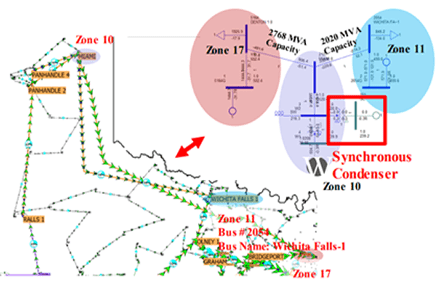Dr. Kamalasadan wins Siemen’s Energy Award

Dr. Sukumar Kamalasadan, Professor of Electrical and Computer Engineering, has received funding sponsored by Siemens Energy for developing digital twin power system models for hybrid technology configurations. The award amount is $100,000 for one year. Dr. Michael Smith from Engineering Technology and Construction Management is the Co-PI.
Today’s transmission grid is experiencing several challenges, as a result of changes to the grid, including a reduced generation from conventional power plants (e.g., phase-out), increased generation from renewables (e.g., wind and solar), a shift from mostly synchronous generation to power electronic converter connected generation, and use of variable speed-generators (e.g., Type 3, Type 4) with modern wind farms, instead of synchronous generators. Consequences of these challenges include loss of inertia (turbine rotor speed decoupled from grid frequency) and reduction in short-circuit power (limited short-circuit current output). To help address these challenges (to improve performance), it may be possible to combine a number of technologies as a hybrid solution at a single connection point to the grid. Such a hybrid solution needs to be modeled to identify the benefits and interactions. The main goal of the project is to develop a power system model to show the benefits of a number of technologies together as a hybrid solution and how they interact together at a single connection point to the grid. The objective is to determine considerations when integrating technologies together as a single solution (system stability, harmonics, control, etc.) for an optimized design (e.g., performance and cost).
These stability-based models evolved from Dr. Kamalasadan’s National Science Foundation CAREER grant will be further enhanced with Inverter Based Resources (IBRs) including Windfarms, Solar Farms, FACTs devices, and Batteries at the bulk grid level. The collaboration with Siemens Energy will be a significant milestone in transferring these models and deploy in the field.